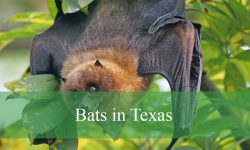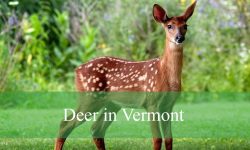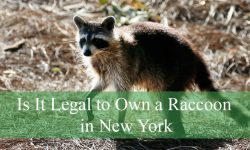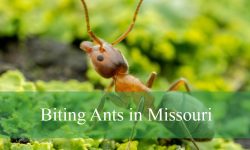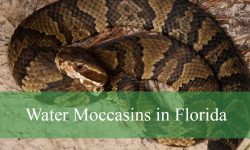Here’s a helpful overview of the types of gulls you can find in Colorado! Although Colorado is a landlocked state with no direct access to the ocean, it still hosts a surprising variety of gull species. These birds are often spotted around lakes, reservoirs, rivers, and even urban areas, taking advantage of the available food sources and water habitats.
Many gulls migrate through Colorado during spring and fall, using the state’s numerous water bodies as stopover points or wintering grounds. Some species stay year-round, adapting well to the inland environment. Their presence adds interesting diversity to Colorado’s birdlife, even far from the coast.
Common Gulls Found in Colorado
Ring-billed Gull (Larus delawarensis)
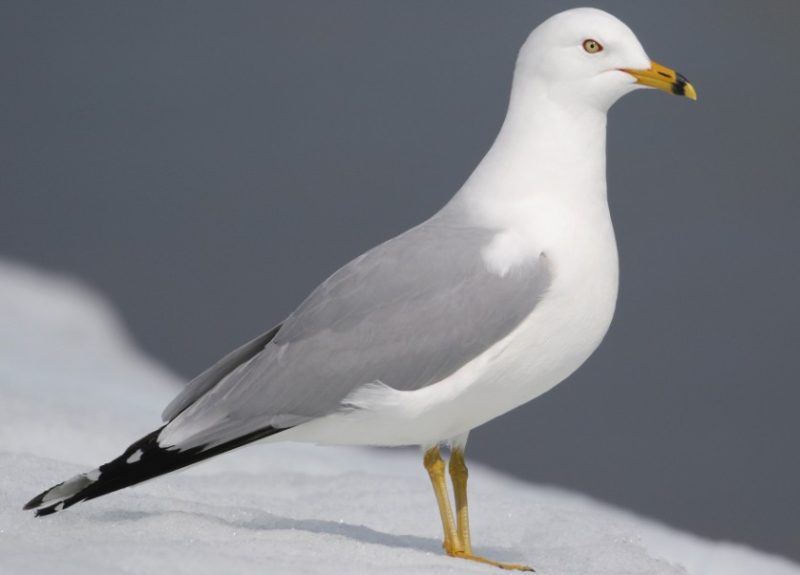
The Ring-billed Gull is a medium-sized gull commonly found across North America, easily recognizable by the distinct black ring around its yellow bill. It has a white head and body, light gray back, long wings with black tips marked by white spots, and a white tail. Adults measure about 17-21 inches (43-54 cm) in length, with a wingspan of 43-49 inches (110-125 cm).
In terms of behavior, Ring-billed Gulls are highly adaptable and often thrive in both urban and rural environments. They are opportunistic feeders, known to scavenge at landfills, fish along shorelines, and catch small aquatic animals. Their call is a loud, clear “keow” sound, which is quite distinctive.
In Colorado, this gull is commonly seen around reservoirs, lakes, and waste disposal sites such as Chatfield Reservoir and Cherry Creek State Park. They are present year-round, with increased numbers during winter months as some migratory gulls move southward.
Ring-billed Gulls have a wide distribution across Canada, the United States, and into Central America. In Colorado, they are the most abundant gull species and have adapted well to inland water bodies and human-modified landscapes.
California Gull (Larus californicus)

The California Gull is slightly larger than the Ring-billed Gull and has a white body with medium gray wings. Its bill is yellow with a distinct red spot near the tip on the lower mandible, and its legs are pale yellow. The eyes are bright yellow, giving this gull a sharp, striking appearance. It is one of the signature gull species of the western United States.
California Gulls are versatile feeders, frequenting lakes, reservoirs, and wetlands. They eat a varied diet including fish, insects, small mammals, and even eggs of other birds. They are active and agile flyers, often seen soaring and gliding over open water.
In Colorado, California Gulls are regularly spotted near large reservoirs such as Horsetooth Reservoir and other artificial water bodies. Their numbers typically increase during migration seasons in late fall and early spring.
Their breeding range extends across western North America, including parts of Canada and the U.S., with wintering grounds spreading further south. In Colorado, they are a common migratory and winter visitor to suitable aquatic habitats.
Herring Gull (Larus argentatus)
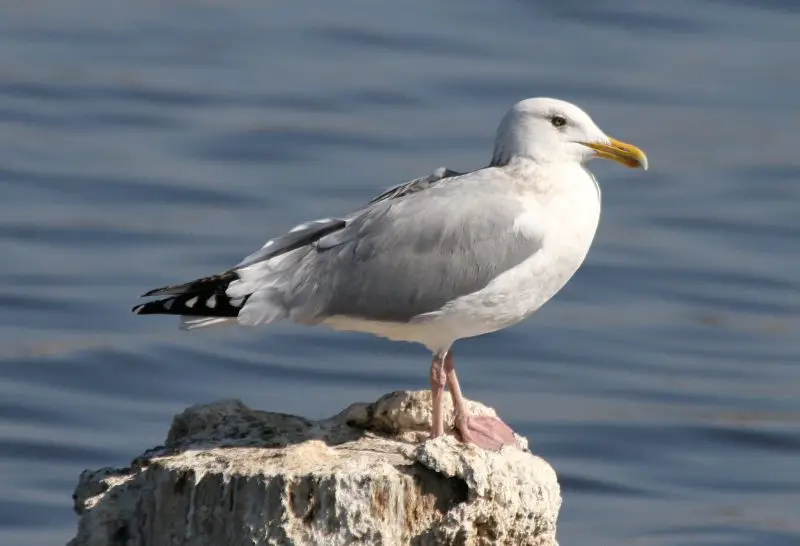
Herring Gulls are large and robust gulls with a white head and body, pale gray back, and wings tipped in black with white spots. They have pink legs and a stout yellow bill marked with a red spot on the lower mandible. Adults can measure 22-26 inches (56-66 cm) long, with a wingspan reaching up to 58 inches (147 cm).
This species is omnivorous and opportunistic, often feeding on fish, invertebrates, garbage, and even small birds or eggs. They are known for their loud, harsh calls and their aggressive behavior when competing for food. Herring Gulls are also skilled scavengers and sometimes follow fishing boats.
In Colorado, Herring Gulls are less common than Ring-billed or California Gulls but can be found during migration and winter near large lakes and reservoirs. They favor open water and shoreline habitats and may be seen in urban areas where food is plentiful.
Herring Gulls breed primarily along the Atlantic coast and the Great Lakes but disperse widely in winter. Their occasional presence in Colorado reflects their adaptability and broad migration routes.
Franklin’s Gull (Leucophaeus pipixcan)
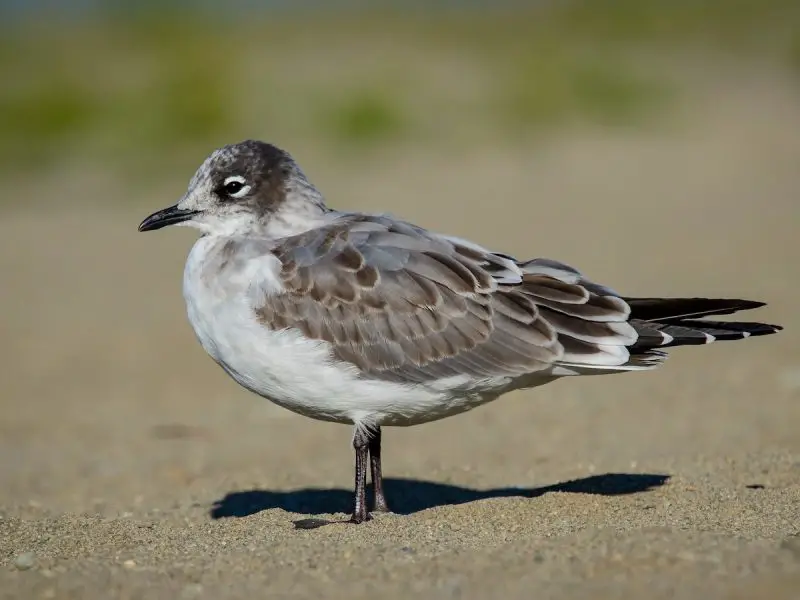
Franklin’s Gull is smaller than most other gulls, with a slender build and a black head and neck during breeding season. It has a white body and gray wings, and its legs and bill are black. Outside the breeding season, its head turns mostly white with some dark markings.
These gulls are highly social and often found in large colonies. They feed on insects, small fish, and other aquatic invertebrates. Franklin’s Gulls are known for their graceful, buoyant flight and their distinct, high-pitched calls.
In Colorado, Franklin’s Gulls are primarily seen during migration in spring and fall, especially around wetlands, flooded fields, and reservoirs. They breed further north in the Canadian prairies and migrate south to South America for the winter.
Their presence in Colorado is seasonal and usually concentrated near freshwater habitats where food is abundant during migration periods.
Glaucous-winged Gull (Larus glaucescens)
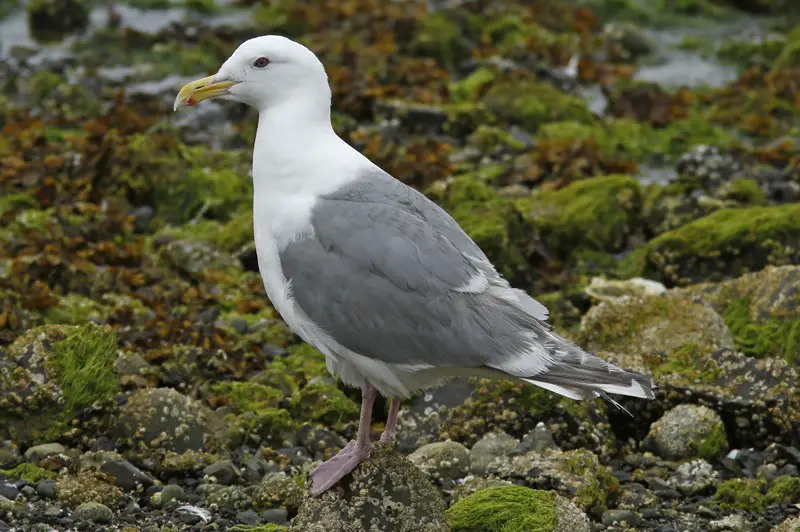
The Glaucous-winged Gull is a large, pale-colored gull notable for its light gray wings that lack the black tips typical of many other gull species. It has a white head and body with a thick, yellow bill. The legs are usually pinkish, and the eyes are pale yellow. Adults measure about 22-26 inches (56-66 cm) in length.
This gull is an opportunistic feeder that consumes fish, invertebrates, and scavenges carrion or human refuse. It is known for its bold behavior and often dominates smaller gull species in feeding areas. Its vocalizations include loud, harsh calls.
In Colorado, Glaucous-winged Gulls are rare visitors, mostly recorded during the winter months when they wander inland from their usual coastal habitats. They can occasionally be spotted near large reservoirs or landfill sites.
Their normal range is the Pacific Northwest coast of North America, but some individuals wander far east during winter or storms, explaining their occasional presence in Colorado.
Thayer’s Gull (Larus thayeri)

Thayer’s Gull is a medium to large gull with a pale gray back and wings, somewhat darker than the Glaucous-winged Gull but lighter than the Herring Gull. It has a white head and underparts, yellow legs, and a yellow bill with a red spot near the tip. Adults measure around 22-24 inches (56-61 cm).
This species feeds on fish, marine invertebrates, carrion, and garbage. It often associates with other gull species, particularly during winter. Thayer’s Gulls tend to be less aggressive and more secretive compared to larger gulls.
In Colorado, Thayer’s Gulls are uncommon but appear sporadically during winter, mostly near large bodies of water such as reservoirs and river systems. Their sightings are usually linked to migration or wandering from northern breeding areas.
They breed in the Arctic regions of Canada and Alaska and spend winters further south along the Pacific coast, occasionally venturing inland into the Rocky Mountain region.
Lesser Black-backed Gull (Larus fuscus)
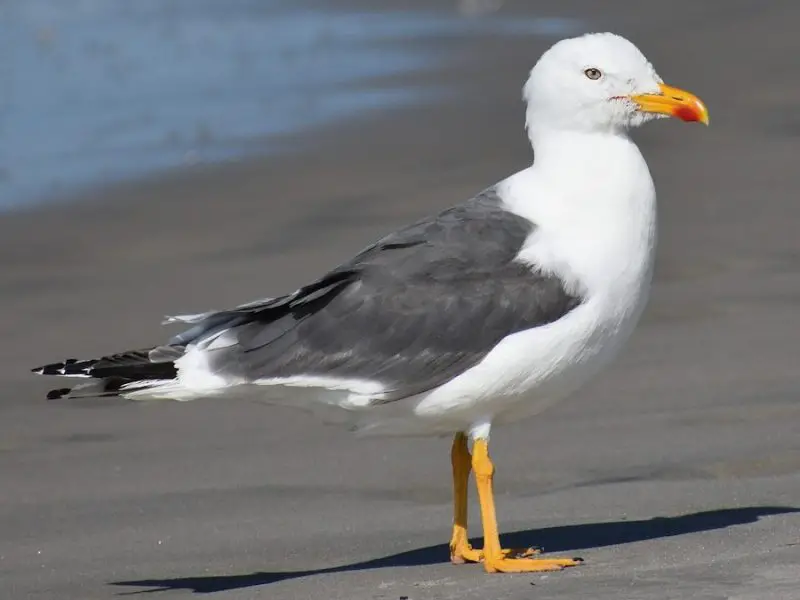
The Lesser Black-backed Gull is medium to large-sized with striking dark gray to black wings and back, contrasting sharply with its white head and underparts. It has yellow legs and a strong yellow bill with a red spot on the lower mandible. Adults range from 22-26 inches (56-66 cm) long.
This species is an opportunistic feeder, eating fish, insects, small mammals, and scavenging human waste. It is known for its bold and aggressive feeding behavior, often outcompeting other gulls.
In Colorado, Lesser Black-backed Gulls are rare vagrants, usually seen in winter or during storms that push coastal birds inland. Sightings tend to be near lakes, reservoirs, or urban areas with abundant food sources.
Their normal range is coastal Europe, but some individuals stray to North America, especially along the Atlantic coast, and very occasionally further inland.
Sabine’s Gull (Xema sabini)
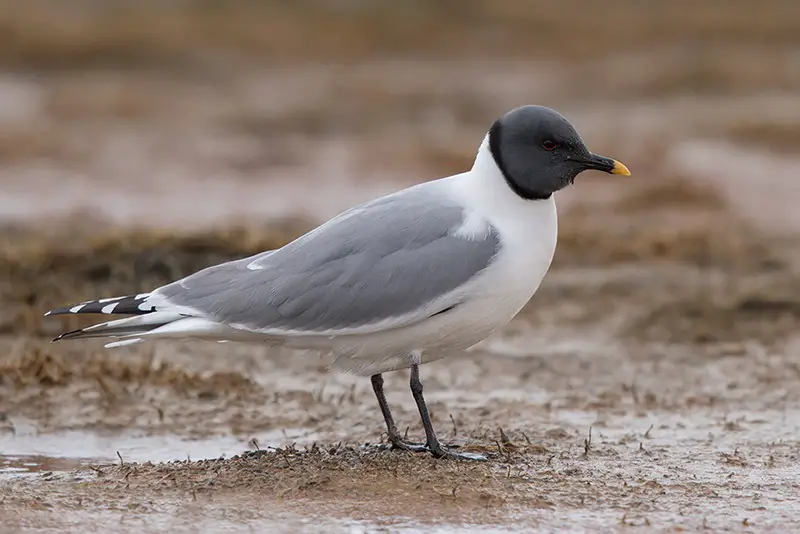
Sabine’s Gull is a small and distinctive gull species known for its striking wing pattern. Its wings display a unique combination of black, white, and gray colors, with a forked tail that sets it apart from other gulls. The bill is short and slightly hooked, usually black with a yellow tip during the breeding season.
This gull breeds in the high Arctic tundra and migrates long distances over oceans and inland areas. It primarily feeds on small fish, insects, and marine invertebrates, often catching prey while in flight or picking from the water surface.
In Colorado, Sabine’s Gull is a rare visitor, mostly seen during migration seasons in spring and fall. Birdwatchers may spot this gull near large reservoirs, lakes, or wetlands when it strays from its typical coastal and Arctic habitats.
Due to its rarity and unique appearance, spotting a Sabine’s Gull in Colorado is considered a special treat among bird enthusiasts. Its seasonal presence adds to the diversity of gull species that pass through the state.
FAQs About Gulls in Colorado
What species of gulls can be found in Colorado?
Colorado hosts several gull species, including the Ring-billed Gull, California Gull, Herring Gull, Franklin’s Gull, and occasionally rarer species like the Glaucous-winged Gull, Thayer’s Gull, and Lesser Black-backed Gull.
Are gulls common in landlocked states like Colorado?
Yes, gulls are surprisingly common even in landlocked states. They often gather around reservoirs, lakes, rivers, and urban areas where food and water are available.
When is the best time to see gulls in Colorado?
Gulls can be seen year-round, but their numbers peak during migration seasons in spring and fall. Winter months also bring many gulls from northern regions to Colorado’s water bodies.
What habitats do gulls prefer in Colorado?
Gulls are most commonly found near large bodies of water such as reservoirs, lakes, and rivers. They also frequent landfills, parks, and urban areas where food is easily accessible.
Do gulls breed in Colorado?
Most gull species do not breed in Colorado. They typically breed in northern or coastal regions and visit Colorado mainly during migration or wintering periods.
What do gulls eat in Colorado?
Gulls have a varied diet including fish, insects, small mammals, eggs, garbage, and sometimes even food scraps from humans. They are opportunistic feeders.
How can you identify different gull species in Colorado?
Identification involves noting size, bill color and shape, leg color, plumage patterns, and behavior. For example, the Ring-billed Gull has a distinct black ring on its yellow bill, while the California Gull has a red spot on the bill’s lower mandible.
Are any gull species in Colorado threatened or endangered?
No gull species commonly found in Colorado are currently listed as threatened or endangered. However, habitat changes and pollution can impact their populations.
Can gulls be aggressive toward people or pets?
Gulls generally avoid people but can become aggressive if they are accustomed to being fed or protecting nests. It’s best not to feed wild gulls to avoid aggressive behavior.

